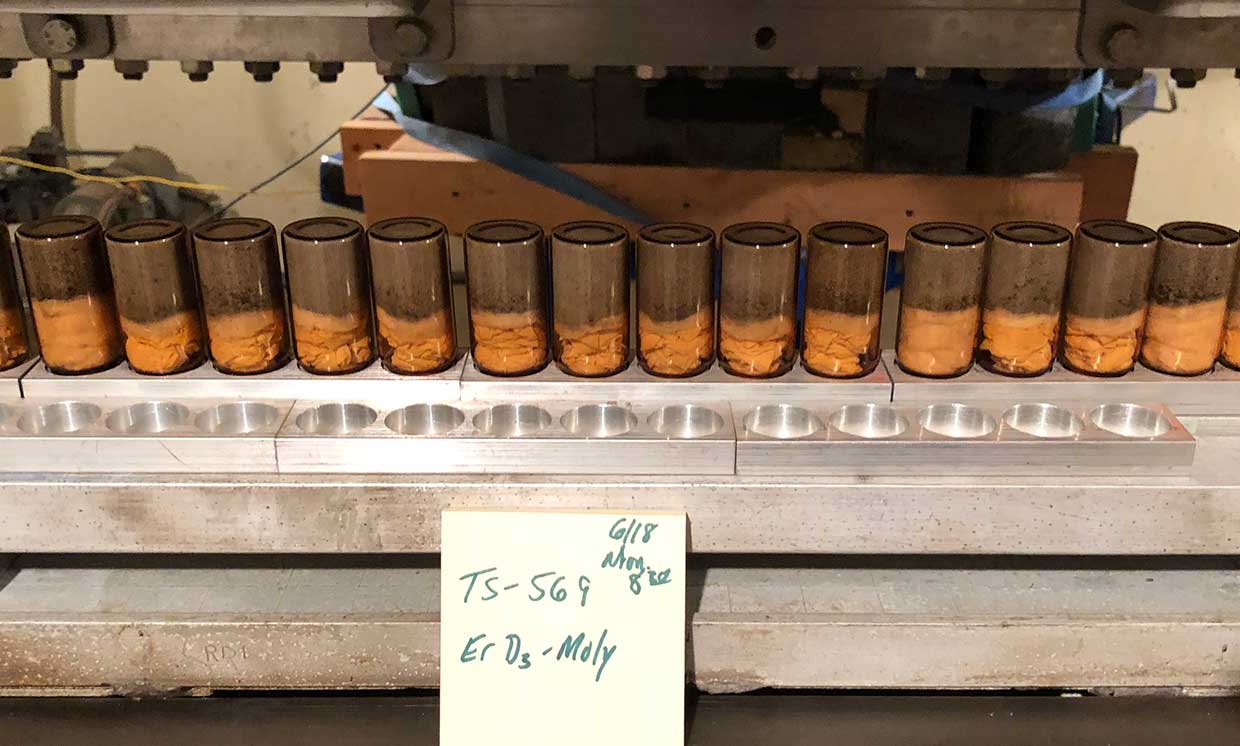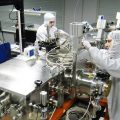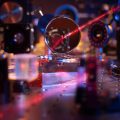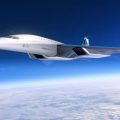
Researchers Demonstrated Technologyachieving nuclear fusion without the use of a massive reactor, which may serve as the basis for the development of a compact thermonuclear engine in the future.
Nuclear fusion requires extremelyheat, density, and pressure that will cause the nuclei of atoms to overcome their natural tendency to repel each other. On Earth, this is achieved using special equipment: a stellarator or a tokamak.
However, scientists from NASA recently announced the development of a newmethod of creating thermonuclear fusion, forwhich requires only a little metal with hydrogen and an electron accelerator. For the experiments, the team used pieces of erbium and titanium, which were “loaded” under high pressure. gaseous deuterium (an isotope of hydrogen). During this process, their metal lattice began to break down to hold the deuterium, causing the structure of titanium and erbium to become powder-like.
At this point, scientists used an acceleratorelectrons by shooting charged particles at a tungsten target, generating X-rays. These high-energy photons were focused on a deuterium-filled metal sample. When radiation hits isotopes inside the sample, it splits them into protons and neutrons, which scatter and collide with other deuterium atoms.
Cascading effect as a result of many suchcollisions and interactions lead to the formation of a deuteron, which moves with high energy, sufficient to overcome the Coulomb barrier and the fusion of two atoms in the crystal lattice of the metal, the electrons of which screen the energetic isotope particle, protecting it from the repulsive effect of the target. Even if a deuteron collides with a metal atom, this reaction also produces useful energy.
Although scientists still have a lot of research to do, they say this discovery paved the way for the creation of a compact thermonuclear engine for spacecraft.
</p>




